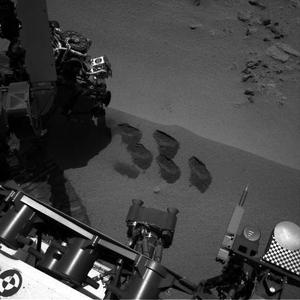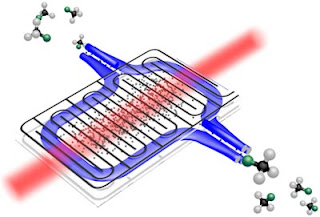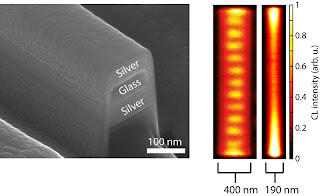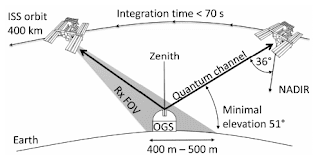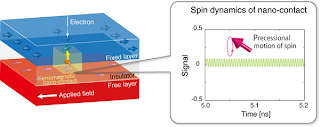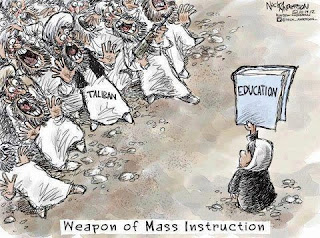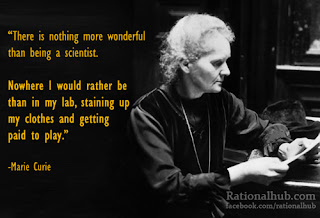From Urban Dictionary, "The Truth":
A superlative. The greatest or most positive form it is possible for a person or thing to be.
And that's the part of the definition I'm comfortable referencing (the originals from Shaq's description of Paul Pierce's performance - superlativewould be an understatement).
This election has been about the question: what is truth?
SCIENTIFIC AMERICAN: Climate change is likely to be worse than many computer models have projected, according to a new analysis.
The work, published yesterday in Science, finds evidence that Earth's climate is more sensitive to the amount of carbon dioxide in the atmosphere than some earlier studies had suggested.
If the new results are correct, that means warming will come on faster, and be more intense, than many current predictions. Moreover, the impacts of that warming, including sea level rise, drought, floods and other extreme weather, could hit earlier and harder than many models project, said study co-author John Fasullo, a climate scientist at the National Center for Atmospheric Research.
Related link: Allergies from Pollen Projected to Intensify with Climate Change
Computer models are just that: models, kind of like the mock up the architect builds to show you how the final project might look, but you can't livethere. They can accurately predict outcomes within a few percentage points of accuracy. For example, as superlative as Nate Silver's predictions have been (his book has rocketed up the NY Times Best Seller's Listing), his model predicted Ohio would be the deciding factor. It was not. Colorado tipped the president to 272 electoral votes. His model as with anything of a predictive nature is in the high 90 percentile in accuracy.
Stochastic Modeling is used heavily by the finance and insurance industries and your meteorologist. The Monte Carlo Method was most famously used by the Manhattan Project to model the nuclear bomb (yes, I slipped the physics in there, didn't I?).
Earlier I posted a video from a physics teacher in Oregon, Greg Craven that went viral on You Tube. He said it was the most frightening video anyone would see. It resulted in a published book "What's The Worst That Could Happen? A Rational Response to the Climate Change Debate."
I've recreated the decision matrix he used above. It's called a Punnett Square, developed by Reginald C. Punnett (easy name at least for meto remember). In science, it's initial use was the description of parent/child relationships and mapping certain genetic traits passed down.
You could argue that Greg's use wasn't the initial intended function, and should be questioned. That's fair. However, the Punnett Square is also used to teach Algebra to Ninth Graders (I know - I've done it): it's an especially good method for visualizing FOIL (first-outer-inner-last) without all the arrows. You can also argue that was not its intended original purpose, yet it works.
Greg is a high school science teacher. He admits he's not a climate scientist. However, his motivation is no income (though he's probably made some), but his daughters and handing them a planet that is livable for them and any future grandchildren.
What is truth?
For Greg, his kids, my kids and yours: we'd better hold our leaders accountable to find out.
I (and my sinuses at least) are for the lower-left quadrant, by-the-way, avoiding the lower-right.
